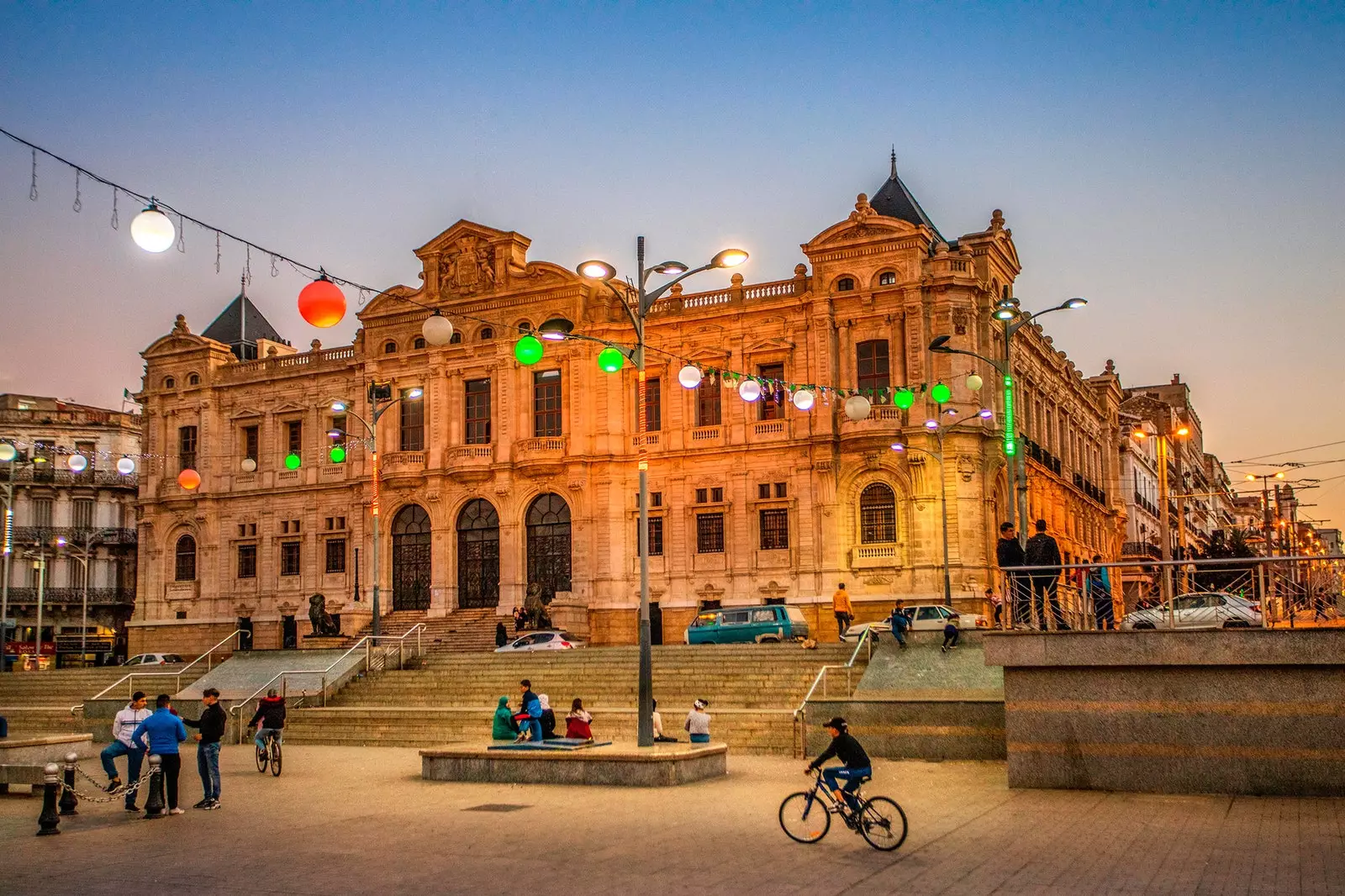
The square of November 1
Said Albert Camus: “Even in destruction there is an order, there are limits”. We do not know if the author was referring to oran , where he placed three of his novels (perhaps the most successful).
The Algerian city that consecrated him as a writer and where he reached the top of his narrative is, however, the opposite of such an assertion: neither order nor limit reigns. The streets and buildings of it intersect scattered, slicing through the hills of the outskirts and flowing into a Mediterranean besieged by highways.
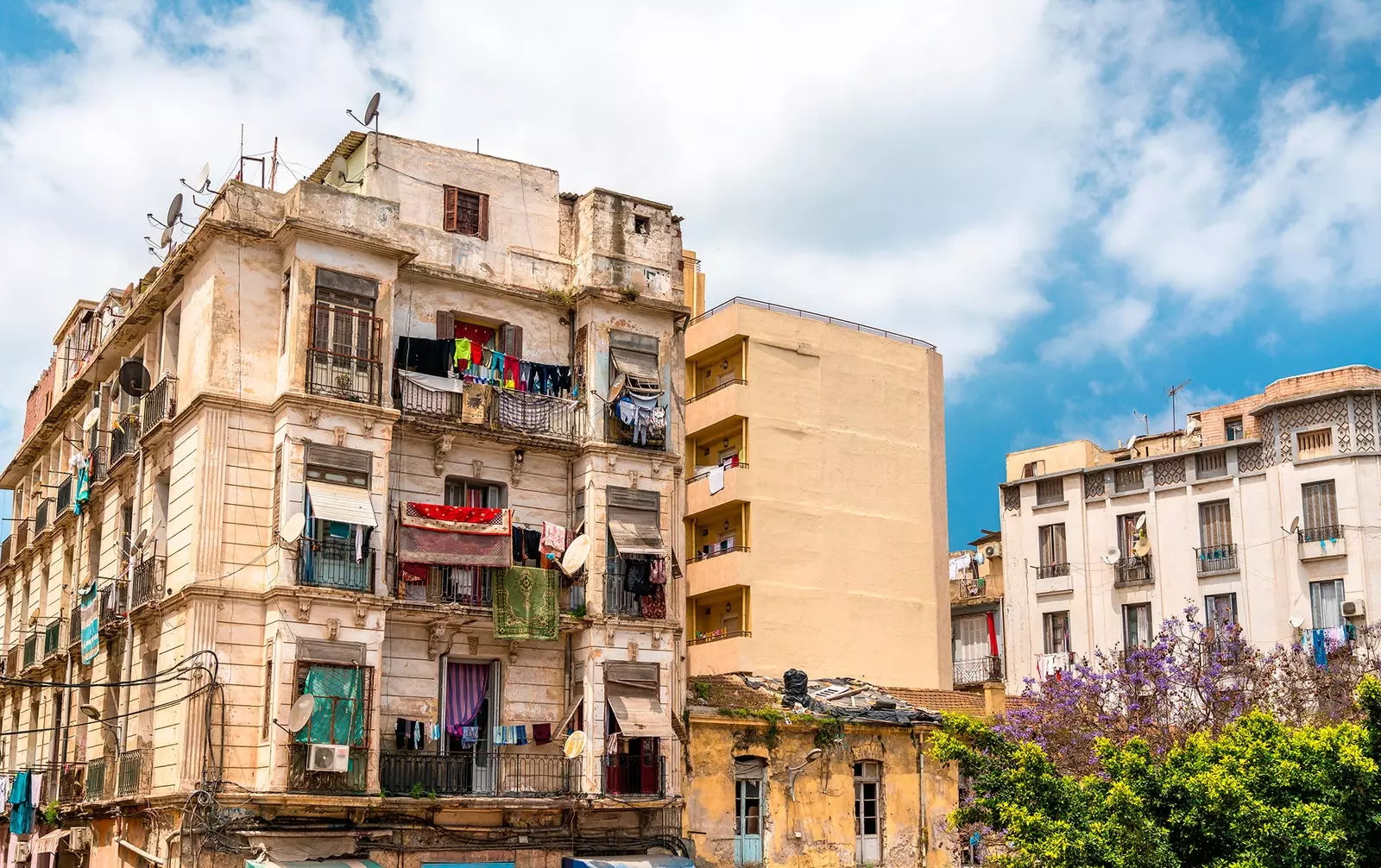
In this city order is conspicuous by its absence
It is common, above, that the saltpeter sticks to the passer-by, already look a cloudy sky or hit a sun with homicidal effects. But there comes a time when chaos transforms into a foreign body and walks oblivious to its ubiquitous inconveniences: beeps, crowd, debris.
There are many opponents of comfort in Oran. It may be due to its steep orography (located to the northwest, on a coast almost shared with its neighbor Morocco), its size (with a million and a half inhabitants, **it is the second largest city in this Maghreb country) ** or its busy story: It was founded in the 20th century and its name evokes the exchange of trade between Africa and Al-Andalus.
Between 1509 and 1708 it was under Spanish power. Then it became Ottoman and finally French. until on July 3, 1962 it signed its independence after an eight-year war, accumulating a rich legacy as a geographical and mercantile crossroads.
Now, the trace of this movement of residents is barely palpable: 50 years without colonial support have transformed some areas in a landscape similar to that of an industrial estate under construction.
In those parts of fallen ceilings and perforated walls, a feeling of anguish similar to the one portrayed by Camus in Plague , from 1947. In others, something interesting suddenly emerges: a street market full of dates and fruit, a remarkable monument or a corner cafe where they serve tea with the background music of a football match.
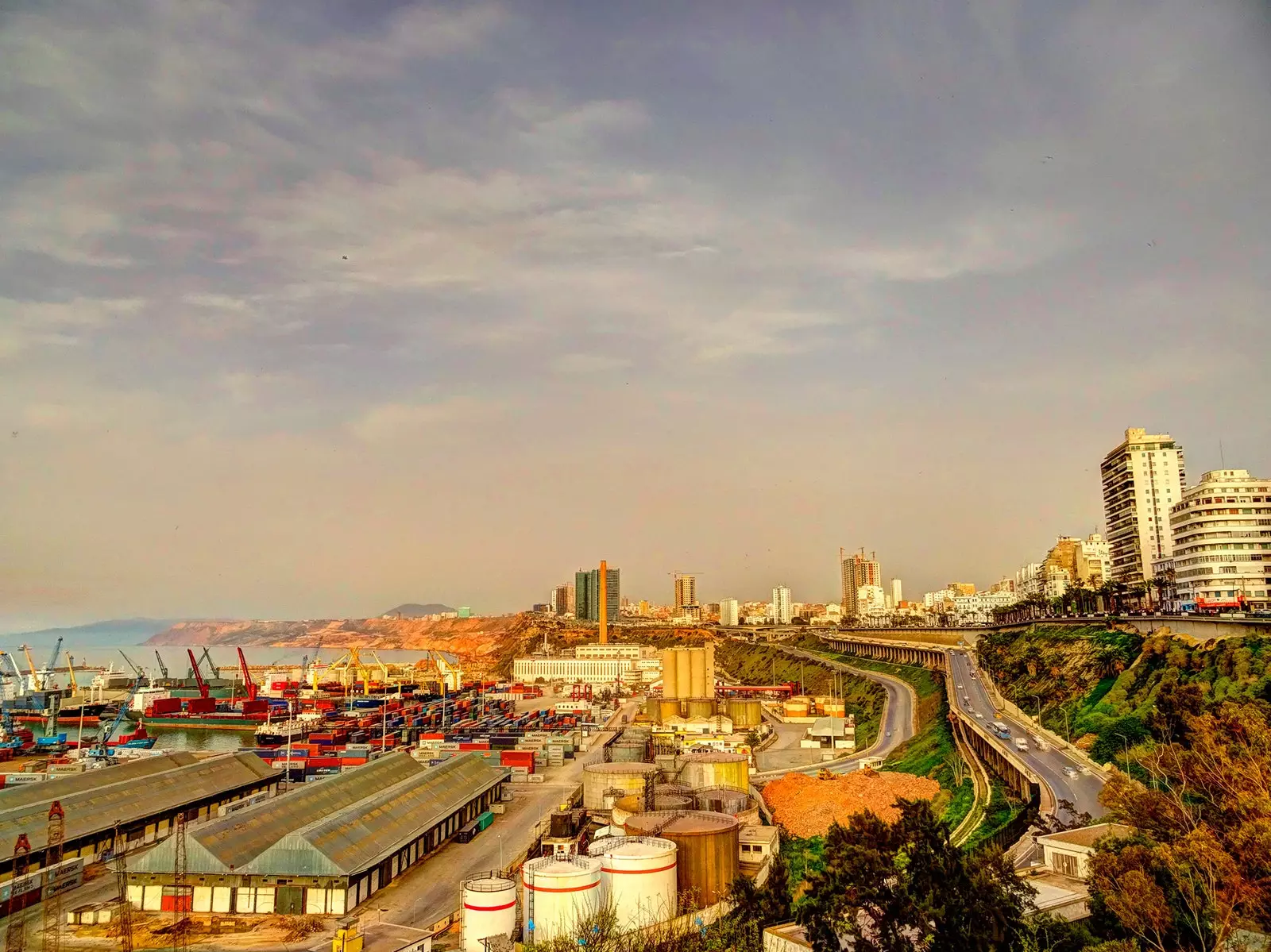
Oran has the sea, but lives with its back to it
These peace bubbles match the area closest to the sea, where the slopes are attenuated. The November 1 square, or Plaza de Armas, can boast of being preserved whole. And to mark what may be the only intact and parallel block, with the regional theater commanding.
Here you can see people debating or feeding pigeons and a path to the Bey's Palace , tiled inside and with unnecessary access, or the Med Khemist Street, converted until late at night in a grocery store mounted on shop windows and carts.
A little further east you walk to the hasnichakroun garden , with the homonymous theater -some open-air bleachers- or wander through the downtown avenues, where the previous cultural boom can be perceived thanks to movie theaters such as Le Murdjadjo, Es Saada, El Feth, Mogador or Le Hogar (formerly called Century) .
Two of the notable monuments in the area are the Hassan Pachá Mosque or Great Mosque and the Great Synagogue.
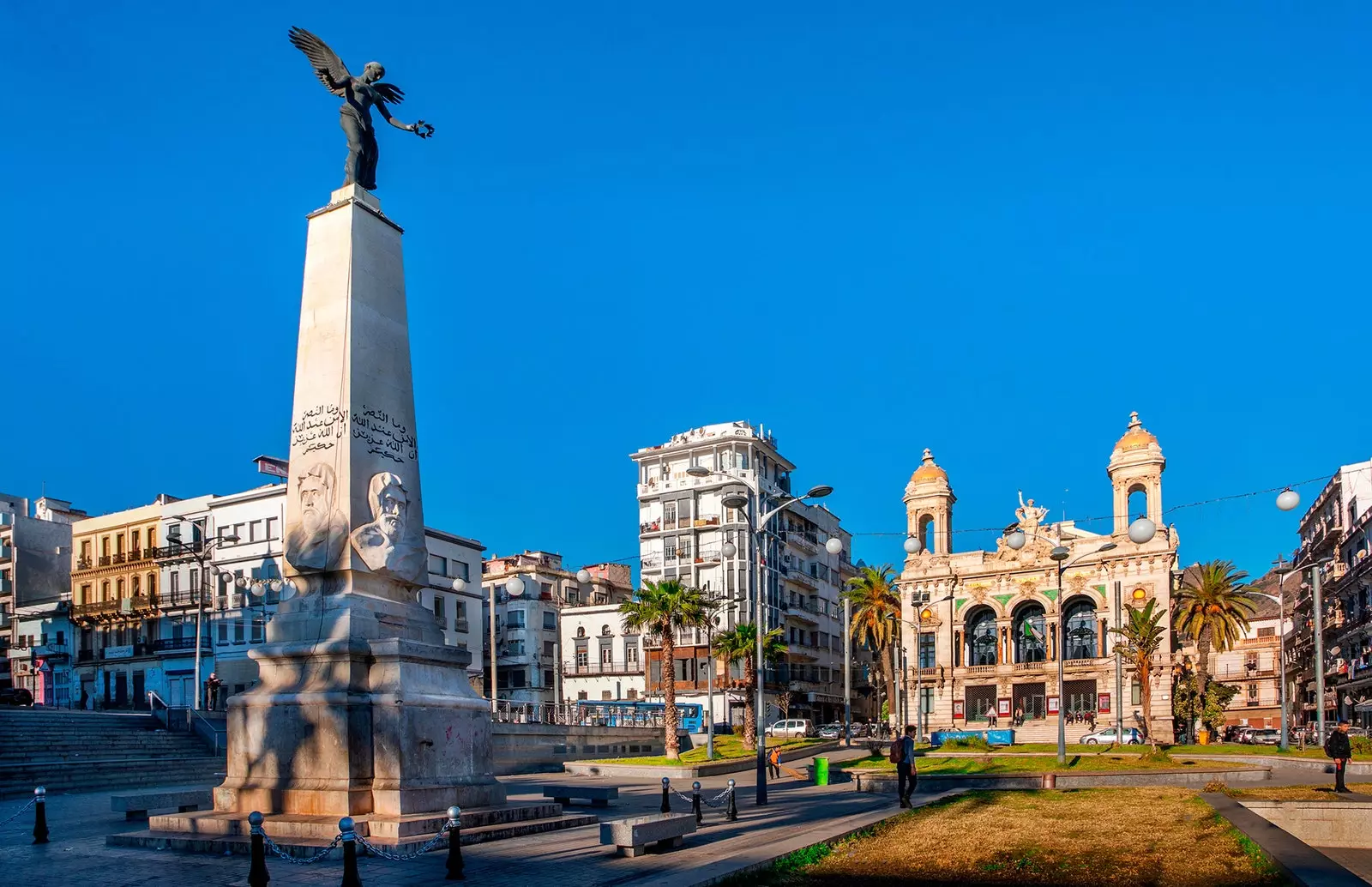
Regional Theater in the Plaza del 1º de Noviembre
The first was founded in 1797 by order of Mohammed Bey , one of the rulers during the Ottoman period, in commemoration of the expulsion of the Spanish. The second was built in 1880, but opened in 1918 and is in Maata Mohamed El Habib Boulevard, another of the main arteries.
What stands out from the municipal area is the Santa Cruz Fort, on top of Mount Aïdour. Five kilometers from the town center stands this wall raised between 1577 and 1604. It is one of the three fortresses of the city (in the western part and in the center are the Fort of the Moune and the one of San Felipe ) and is located 400 meters above sea level, guarding one of the best views of the city.
Attacked by the French in 1831, the Fort of Santa Cruz still maintains a Catholic chapel at the base. She is known as the Holy Cross Chapel and it is made up of a small arched patio and a gloomy altar.
Anecdotally, it should be noted that lodged prisoner Miguel de Cervantes, captured by corsairs in the Mediterranean, and who was a refuge of other Spaniards: those who fled the Civil War in search of safety.
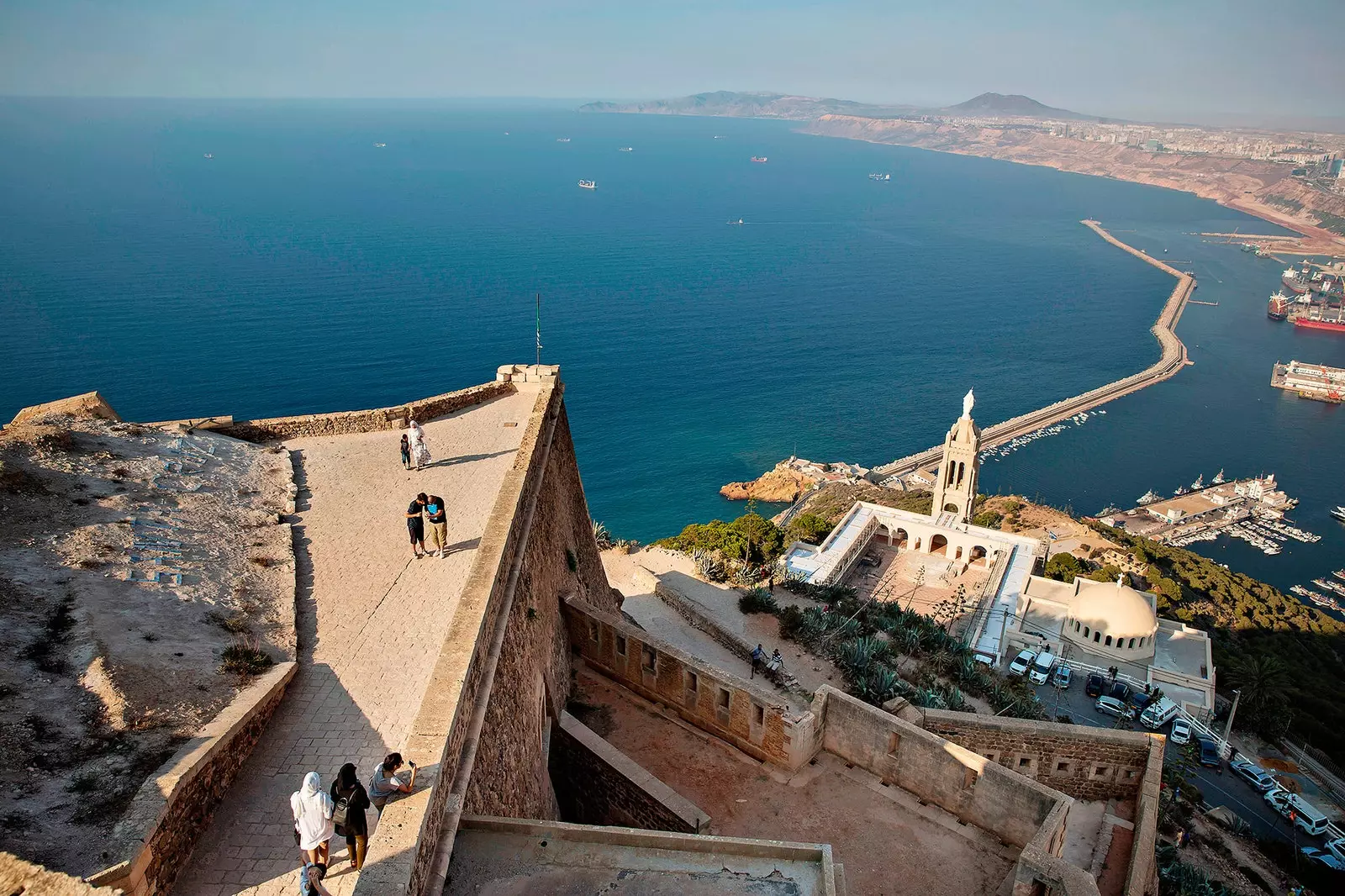
Santa Cruz Fort
No trace of all this remains. The memory of Oran is fleeting. He does not cradle his anonymous passers-by from the past nor, it must be made clear now, his most famous figure. Albert Camus, who called her "indifferent" or "neutral", based the plot on Abroad (1942), the aforementioned Plague either Summer (1953) in this mestizo city, which in its days brought together more foreign population than Muslim Algerians.
"This city without anything picturesque, without vegetation and without soul ends up serving as a rest and at last one falls asleep in it. But it is fair to add that it has been grafted onto a landscape like no other, in the middle of a bare plateau, surrounded by luminous hills, facing a perfectly outlined bay. One can only regret that it was built with its back to this bay and that when leaving it is impossible to see the sea without expressly going to look for it”, wrote the author of the rebellious man , another fundamental title of his work.
Camus, in fact, he only spent short periods in it. He was born in 1913 in Drean, to the east, although ** the greatest stage of his life in the African country was spent in Algiers **. In the capital he studied and worked as a journalist for the newspaper Alger Republicain.
In 1940 he moved to France and in January 1960 he died in a car accident, elevated to an icon of ideological commitment and Western literature, ** being awarded the Nobel Prize in 1957 .**
Orán, despite his contribution to the intellectual world, does not pay him any tribute. Perhaps because, as he maintains Yasmin Krada, pseudonym under which another of the country's most famous writers hides, “In Algeria geniuses don't shine, they burn. Even if they get rid of the auto-da-fe, they end up at the stake. If due to some carelessness it is placed under the spotlights, it is to give more light to the snipers”.
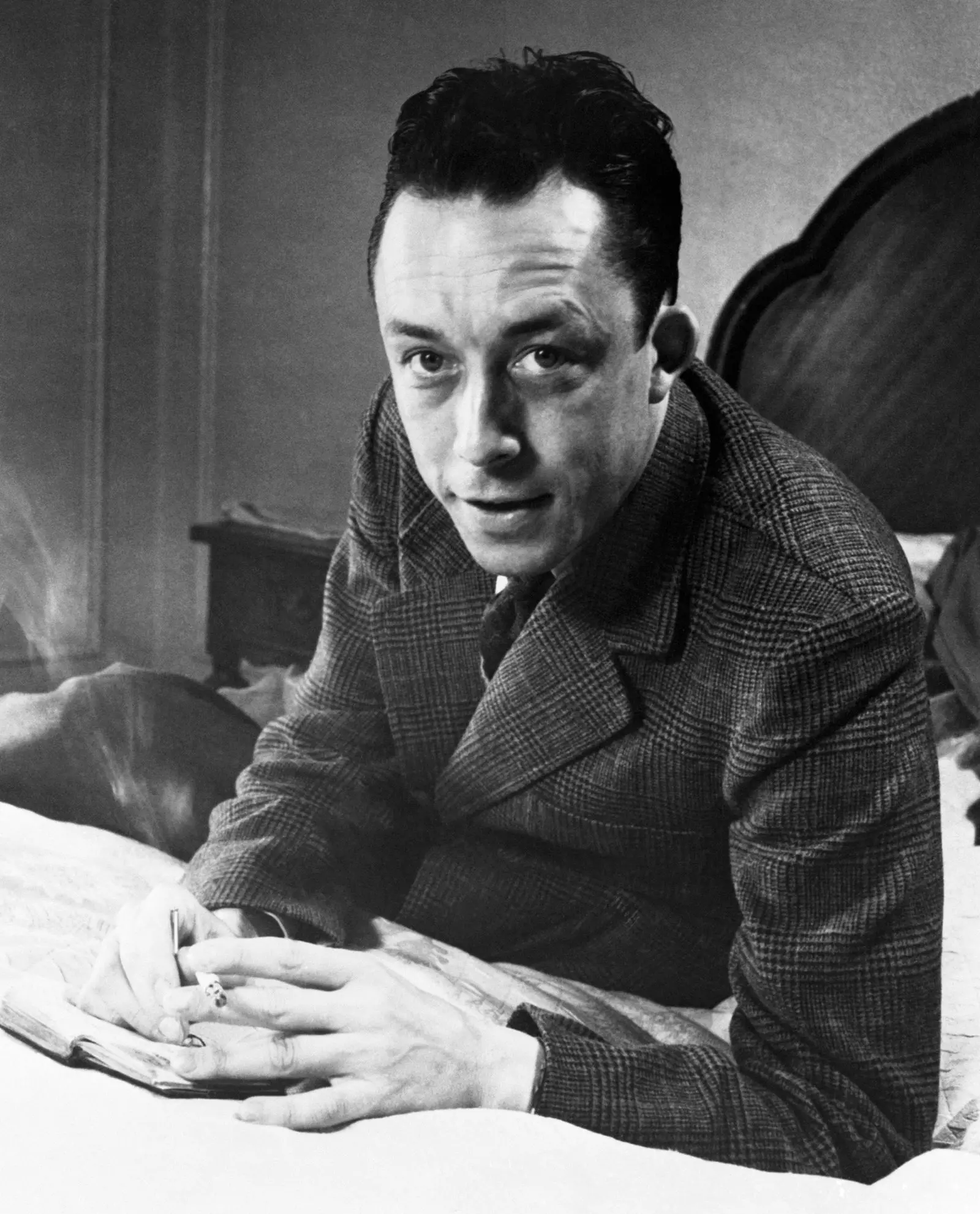
Portrait of Albert Camus
